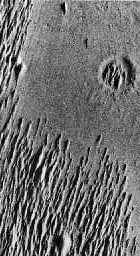This is an image of the Martian dunefields.
Click on image for full size
NASA
What causes a Planet's surface to change its appearance?
Over the course of time there are many things which can cause the surface of a planet to change its appearance.
- winds, as shown in the example from the Martian surface
- Monument Valley on Earth is an example
- weather & water, which cause erosion
- volcanism, which pours out a new surface
- continental drift
- slow forces of deformation like those which cause mountains to form.
- slumping of craters, mountains and volcanoes.
In their earliest histories, every planet & moon was bombarded with the remains of the material which formed them. If a planet's surface does not show many craters, it means that the surface is new, and the planet has been resurfaced, perhaps by one of the processes above. If the planet's surface still shows the many craters left over from it's formation, then that surface is very old, and has not been changed by any activity.
You might also be interested in:

What types of instructional experiences help K-8 students learn science with understanding? What do science educators teachers, teacher leaders, science specialists, professional development staff, curriculum designers, school administrators need to know to create and support such experiences?
...more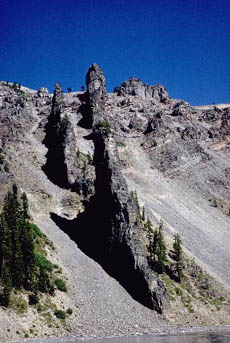
Over time, rocks exposed at the Earth’s surface wear away. This is called weathering. There is two types of weathering that break rocks apart. By chemical weathering, the minerals in rocks are dissolved
...more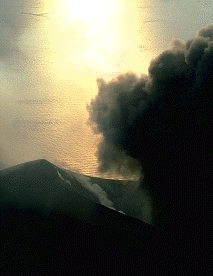
Volcanism is part of the process of bringing material from the deep interior of a planet and spilling it forth on the surface. Eruptions also eject new molecules into the atmosphere. Volcanism is part
...more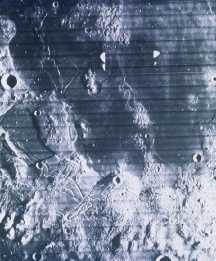
This picture of the lunar maria shows the difference betwen the highlands, which are heavily cratered, and the dark maria which are relatively smooth with few craters. The absence of craters indicates
...more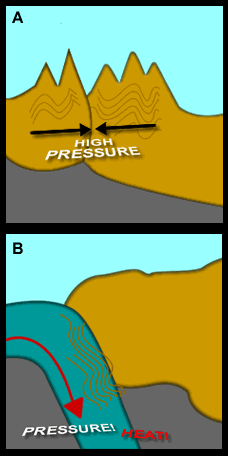
Sometimes rocks are metamorphosed over large areas that are the size of many states or even several countries. This is called regional metamorphism. How could this happen? What force has the power to
...more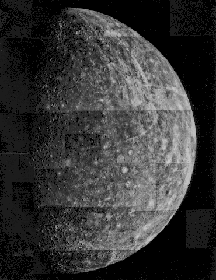
In addition to being hot, the surface of the Earth was being cratered. Even though the solar system was finished forming, there were still probably a lot of smaller planetesimals and debris around, too.
...more
For many planets, such as Mercury which is shown here, pictures show that there are lots of craters. The craters were formed early in the history of the planet. Because there are so many craters, scientists
...more
Any successful theory must account for everything we know about the Moon now, as well as make predictions about future observations. There are three theories about how the moon came to be in place: that
...more


